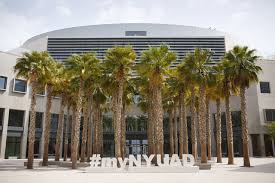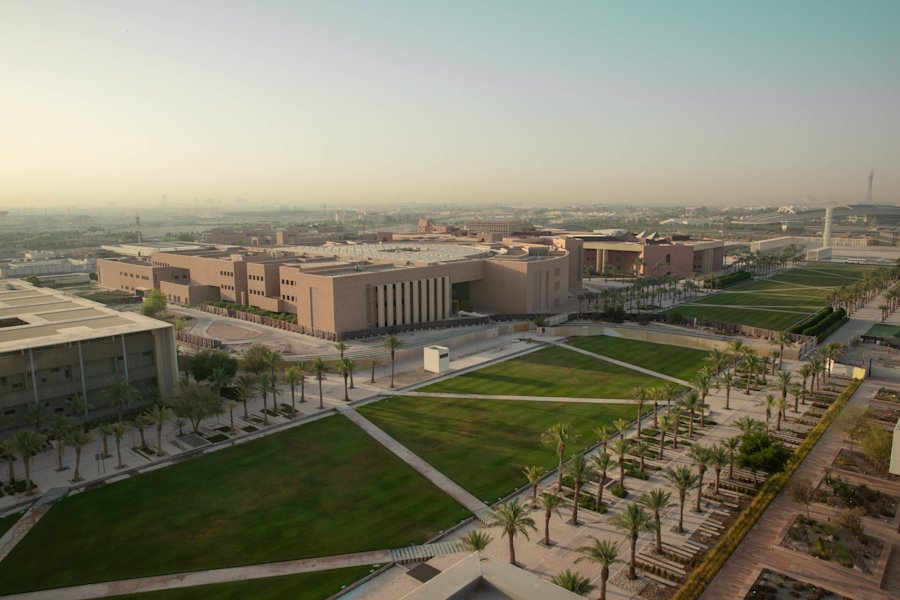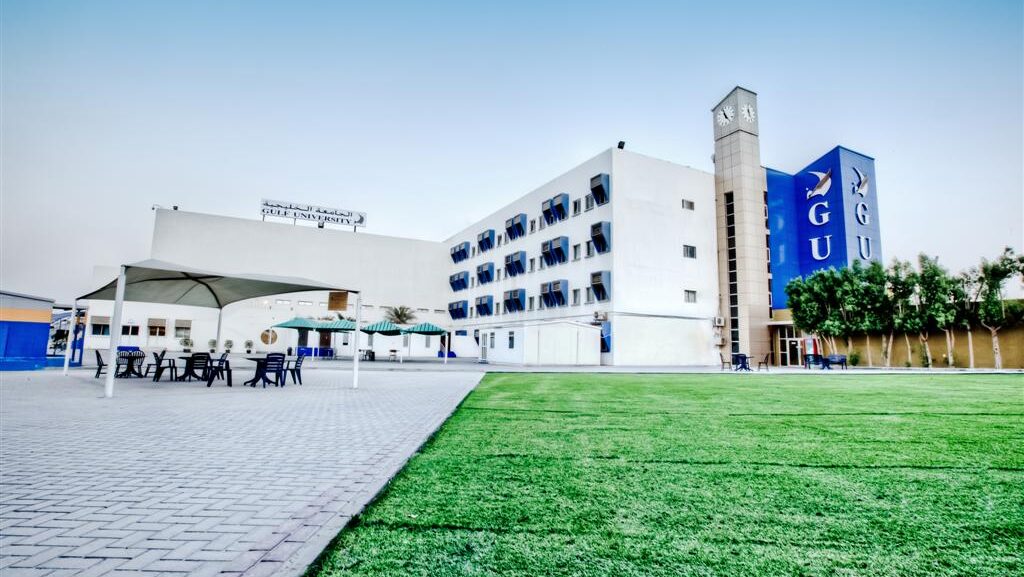In 2025, Gulf Universities Collaborating on Global Research is becoming a trend that’s reshaping the future of science, technology, and innovation across continents. With the Gulf region increasingly investing in knowledge-based economies, universities in the UAE, Saudi Arabia, Qatar, and others are forming international alliances, launching joint research programs, and contributing to global innovation at an unprecedented scale.
This article explores how Gulf universities are stepping onto the global research stage, the strategies they’re using, and the impact these collaborations are making.
Why Gulf Universities Are Focusing on Global Research

A Shift Towards Knowledge Economies
Gulf countries are no longer relying solely on oil revenues. Instead, they are shifting towards building sustainable, diversified economies where education, science, and innovation play a major role. As part of this vision, Gulf universities are being positioned as hubs of international research collaboration.
Countries like the UAE (with its Vision 2031), Saudi Arabia (with Vision 2030), and Qatar (with its National Vision 2030) have created blueprints for developing knowledge-driven societies. Research is at the heart of this transformation.
Key Areas of Global Research Collaboration
Climate Change and Sustainability
Gulf universities are leading research on desertification, water scarcity, and renewable energy. Institutions like Khalifa University in the UAE and King Abdullah University of Science and Technology (KAUST) in Saudi Arabia are partnering with top universities in Europe and North America to address climate challenges.
Artificial Intelligence and Robotics
As part of smart city developments, Gulf research institutions are collaborating with international tech centers on AI, machine learning, and automation projects. Qatar Computing Research Institute (QCRI) is known for its collaborations with MIT and other top AI labs.
Healthcare and Genomics
The COVID-19 pandemic boosted health research worldwide. Gulf universities responded by setting up international labs and data-sharing platforms. UAE University and Qatar University are working with institutions in the UK and the US on genetics, public health, and biotechnology.
Top Collaborations and Joint Ventures
NYU Abu Dhabi and International Networks

NYU Abu Dhabi (NYUAD) is a shining example of a Gulf-based institution making a global impact. It partners with top research universities globally and offers its students the opportunity to work on international projects in science, humanities, and engineering.
KAUST and European Institutes

King Abdullah University of Science and Technology (KAUST) has signed research MoUs with multiple European institutions such as ETH Zurich and Imperial College London. These partnerships focus on oceanography, clean energy, and biosciences.
Qatar Foundation’s Global Reach

Qatar Foundation supports a number of global research programs under Education City. Partnerships with institutions like Georgetown University and Weill Cornell Medicine enable collaborative research in international law, medical sciences, and energy policy.
Benefits of Gulf Research Collaboration
Access to Global Talent
International collaborations help Gulf universities attract top researchers, visiting faculty, and PhD students from all over the world. This increases the quality and quantity of scientific output.
Funding and Resources
Joint research projects often come with shared funding. Gulf universities have the financial capability, while Western universities bring long-standing expertise and lab facilities. The result is a win-win partnership.
Academic Recognition and Rankings
By publishing in global journals and collaborating on international studies, Gulf institutions are improving their positions in global university rankings, such as QS and Times Higher Education.
Challenges Facing Gulf Universities in Global Collaboration
While progress is clear, there are still obstacles.
Regulatory Barriers
Visa restrictions, licensing issues, and bureaucracy can slow down international partnerships. Some researchers still face difficulties relocating or setting up labs in the Gulf.
Brain Drain Risk
With students and researchers going abroad for collaboration, there’s a risk of them not returning. Gulf universities are now focusing on building better local opportunities and incentives.
Language and Cultural Gaps
Working across languages and cultures can cause friction in research coordination. However, universities are addressing this by offering multilingual programs and cross-cultural training.
Future Outlook for 2025 and Beyond
The future of Gulf Universities Collaborating on Global Research looks bright. With increased investments in R&D, more strategic partnerships, and a focus on high-impact global issues, the Gulf region is set to become a key player in the international research community.
International rankings are expected to continue rising. More joint publications, research patents, and even co-hosted Nobel Prize-level work could emerge from the Gulf in the coming years.
Conclusion
Gulf universities are not just centers of local education anymore — they are evolving into global research hubs. Through collaboration with top-tier international institutions, they are tackling world challenges, promoting innovation, and driving the shift towards knowledge-based economies.
By 2025, this trend is only gaining momentum, positioning the Gulf as a research powerhouse in the global academic and scientific landscape.
read more- Gulf Traditional Music: 7 Incredible Ways It’s Thriving Today



